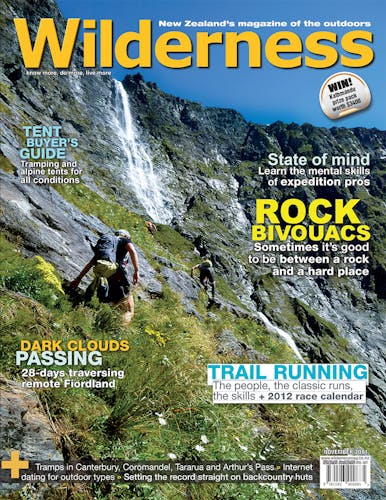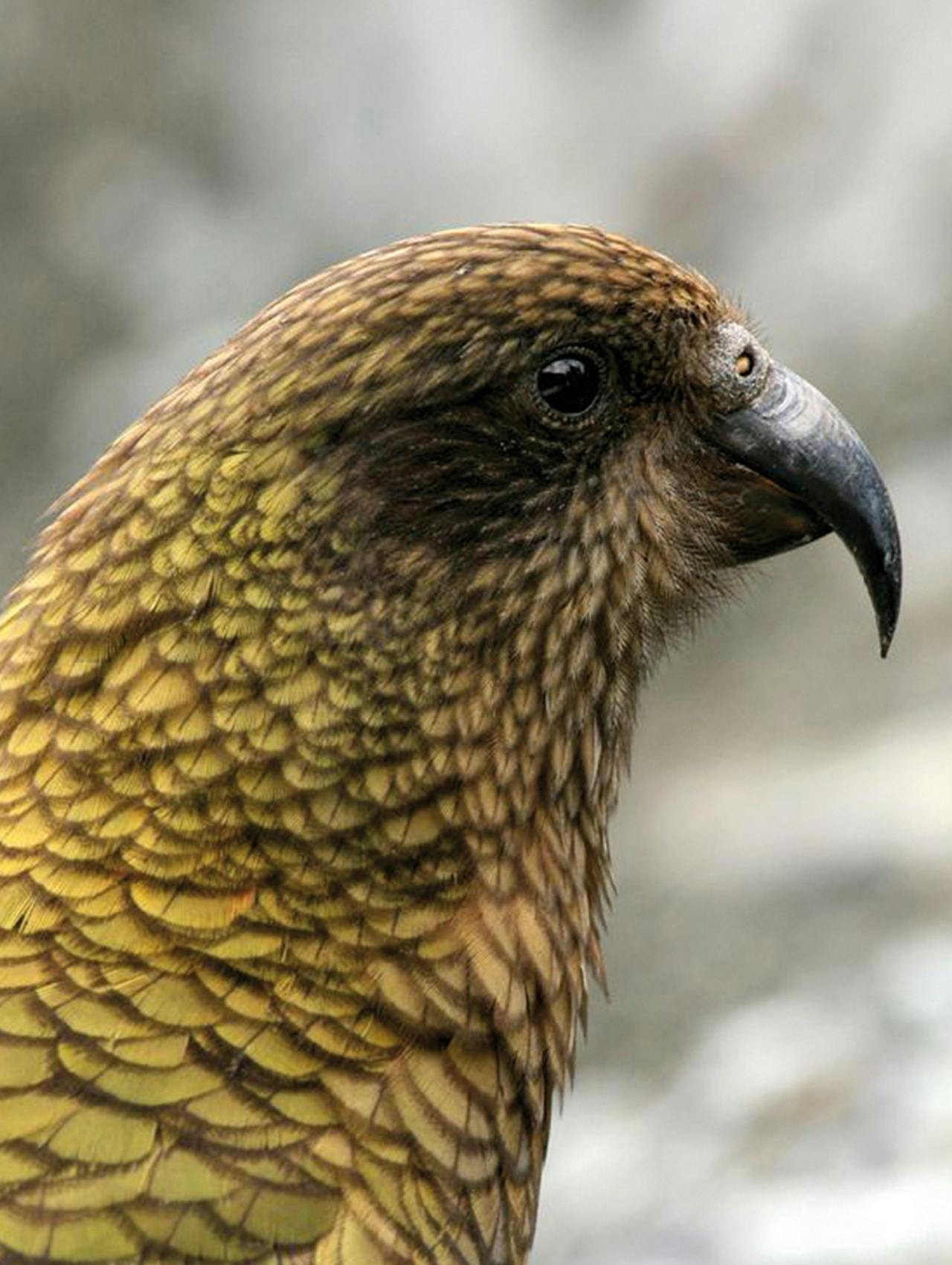More than 50 bird species have become extinct in New Zealand since the arrival of humans
Maori came to New Zealand around 1300AD and by the end of the century had, principally through hunting, caused the extinction of the moa.
Haast’s eagle, a giant raptor that preyed upon the moa soon followed as its principal prey was gone. Similarly other flightless or poor-flier species such as the Hodgens’ waterhen, the owlet-nightjar, Scarlett’s shearwater and the adzebill, a bird similar to the smaller moa, suffered either human predation or pressure to extinction from dogs and rats that came to New Zealand with the Maori.
New Zealand’s remoteness had allowed safety from predation except from other birds. Under attack from the Polynesian rat and the kuri, the Maori dog, around a dozen species of birds fell to critical numbers then extinction.
European settlers dealt another body blow to birds. Although some claim the Eyles’ harrier, another massive raptor, was extinct preceding European arrival, Charlie Douglas, the Westland explorer wrote that he shot two in the Landsborough in the 1870s. Douglas’ journals are full of references to killing birds, such as his 1891 diary of a trip up the Waitoto: ‘Plenty of Kakapoes. Poker & Betsey (his dogs) had a dozen lying round the Tent this morning, they are not very fat, but good enough for Soup.’
Today, thanks to a recovery programme there are just over 130 kakapo alive.
To colonists, birds were a resource to be taken. Malcolm Ross’ 1889 Tourists Guide Book to the Lake District of Otago lists in the party equipment for a 10 to 12 day camping expedition: ‘One dog, one .220-rifle and 300 rounds of ammunition.’ Rations comprised, sugar, salt, onions, rice, hard biscuits and oatmeal. It’s obvious where the protein was to come from – birds!
Each anecdote in the book reflects that written by James Richardson in 1880 with its account of living off the land… ‘Monday 2nd Feb. – Tea, kaka, weka and oatmeal stew. Tuesday 3rd Feb. – Up at daylight. I shot some kakas for breakfast…Seeing a kea in the sky overhead, I imitated the bleating of a sheep with such effect that the bird circled round, and, lighting on a birch tree, was settled by the ‘wooden gun’ (a club). Friday 6th – revictualled the camp with a brace of teal and some kakas and pigeons’.
Today, kaka are fairly much restricted to a few localised forests and offshore islands.
If we weren’t shooting, clubbing or dogging birds for food we still killed them: from Ross’ guide book again: ‘In some places the shepherds are paid half a crown (about $25 in today’s money) for each bird killed – a price which they consider does not repay the labour of carrying a gun up and the birds and gun down the steep mountain-tops…The week when we called, (at Ludemann’s Station, near Kinloch) a flock of keas had followed a mob of sheep …down to the yards, and they were there shot by dozens’. Today’s kea population is estimated to be at most 5000.
Perhaps the most telling 20th century extinction was of the huia. Prized by Maori for its tail feathers it was hunted to extinction by European demand for ornithological taxidermy and its habitat destruction by widespread deforestation for agriculture. The female huia had a long beak, whereas the male’s was short. This pronounced sexual dimorphism caused demand by international museums and collectors. In 1883 the renowned ornithologist and author Sir Walter Buller recorded a party obtaining 643 specimens from a foray into forests in the Wairarapa. Thousands were exported and ambiguously Buller himself was closely involved. This lack of empathy for native species reflected the conventional colonial wisdom of the time that deigned all things non-European inferior.
In 1892 there was a half-hearted attempt to establish conservation protocols for the rapidly diminishing huia, but newly established bird sanctuaries, including Kapiti Island, were never stocked with specimens. In fact a pair destined for Kapiti was appropriated by Buller and sent to the private zoological museum of Baron Rothschild, an English banker. At the same time, Buller sent the last collected live pair of whekau (laughing owl), which was plentiful when settlers had arrived in the 1840s, but was extinct in the wild in 1914.
The piopio (North and South Island thrush) and the matuhituhi (bushwren) were endemic and common up until the late 19th century. Whereas the huia’s collectability precipitated its demise, it was predation by introduced cats, rats, dogs, stoats and ferrets that were mostly to blame for the extinction of these two birds from the wild around 1900.
There have been at least 51 extinctions of bird species and sub-species, from Maori settlement through European colonisation to today, including the North Island takahe and the South Island kokako (although some argue the continued existence of this shy bird). Avifauna conservation fits hand in glove with understanding the complex ecosystems that we have considerably affected in man’s short history on these islands.
Let’s not lose any more.







